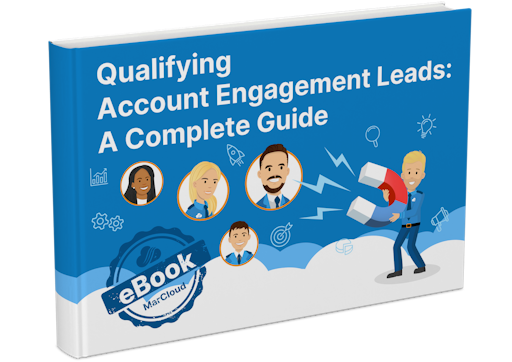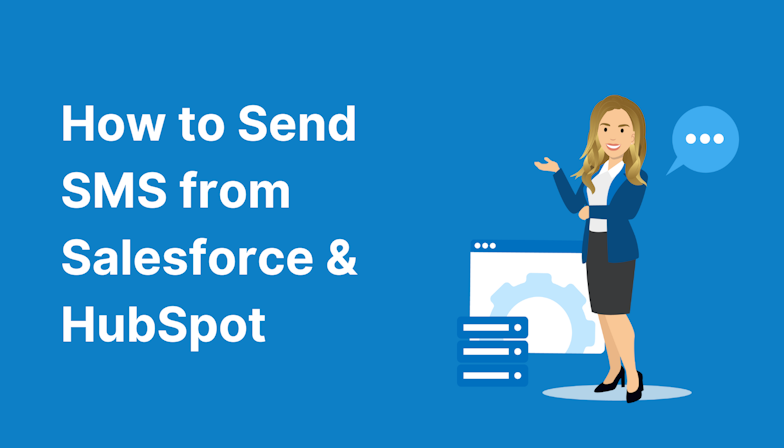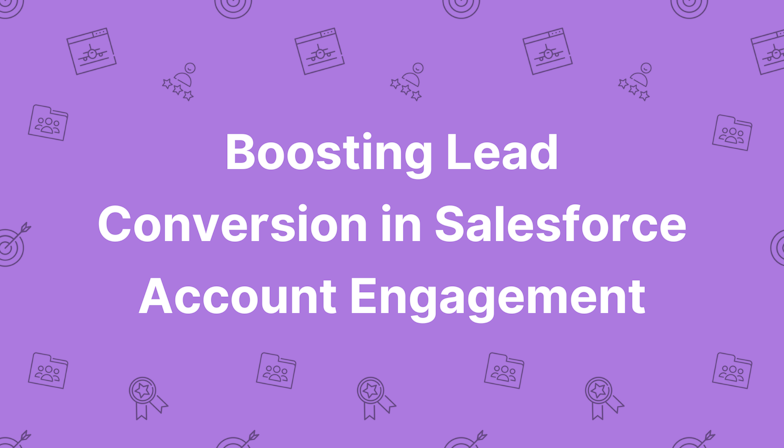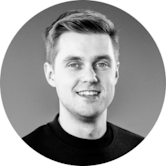Whether you’re a long-time user of Marketing Cloud Account Engagement (MCAE) – formerly Pardot – or you’re just beginning your foray into using the platform, you likely have a decent idea of how MCAE’s features help marketers qualify and categorise leads.
Whilst features like Scoring and Grading, and automated email notifications are incredibly powerful, it’s the processes that happen before the technical side that are just as important.
To guide you through the important discussions and conversations you should be having prior to any technical set-up, we’ve created an eBook that outlines exactly what you need to know about different lead types, how to define them, and why you should bother.
Types of leads & why you should define them
In MCAE, a lead is a prospect that has shown a positive interest in your business. Interest can be demonstrated through browsing your products or services webpage, or consuming blog content, for example. The lead’s interest is positive and shows potential for them to become a qualified lead.
To be classed as a qualified lead though, a prospect must meet a set of predetermined criteria (set by you) that indicates the prospect’s behaviour is a match-fit for your business’s target audience. Qualified leads can be broken down further into two categories: Marketing Qualified Leads (MQLs) and Sales Qualified Leads (SQLs), which we dive into further in our eBook.
Defining your leads may seem time-consuming, but in reality, it’s actually a real time-saver!
Why? By taking the time to define what kinds of customers you are looking to engage with, you are laying the foundations for successful win rates and profitable marketing and sales efforts.
Here are a few more reasons why it’s important to define your leads:
- Better understand the client and customer
- Ensure your prospects are fit-for-purpose with your business
- All teams within the business are on the same page
- Marketing and sales activity fits into your business’ wider strategies
- Conduct confident lead generation, acquisition and nurture
- Make your lead review processes easier and more effective
How to define leads
The process behind defining your leads involves collaboration and discussion between both the marketing and sales teams to identify and share each team’s view of what determines a qualified lead.
Essentially, the lead definition process should include:
- Intra-team definitions (from Marketing and Sales)
- Inter-team (between Marketing and Sales)
- Ideal prospect;
- demographic information (title, company, interests, pain points, etc.)
- Behaviour (page views or content downloads, for example?)
- Intent (to purchase? Make an enquiry? etc.)
- Both good and bad examples of qualified leads
What to expect from the eBook
The most effective lead generation, acquisition and nurture activity happen when both the marketing and sales teams understand what each team is looking for, and why.
Our ‘How to Qualify B2B Leads‘ eBook will guide you and your team through the process of getting everyone on the same page, and keep it that way.
The eBook covers:
- Defining leads
- Why define leads?
- Types of leads
- Marketing-qualified
- Sales-qualified
- How to define leads internally
- How to use MCAE to automate lead qualification
- Grading and scoring
- Lead gen forms
- Progressive profiling
- What next?
- Download the free Grading Calculator
Download the eBook here and get started.
Got a question about something we’ve covered in the ebook? We’re more than happy to help – just message the team using our contact form and we’ll be in touch.

Anton Minnion
A data scientist and engineer, Anton has extensive experience in successfully delivering martech and salestech solutions for a variety of clients, both big and small, and across 25 countries. With a scary amount of knowledge in the development space, his focus at MarCloud is on innovating technical solutions for clients but also creating brand new apps and products for Salesforce platforms, to solve common business challenges.
More by Anton MinnionFeatured resource

Qualifying Pardot Leads Guide
When it comes to taking your marketing and sales efforts up a notch, it’s vital to understand different types of leads, how to define and qualify them, and why it matters! Our ‘Qualifying Pardot Leads’ eBook explains exactly that.
Download now![How to Define B2B Qualified Leads [eBook]](https://www.datocms-assets.com/103555/1694451694-lead-qualification-ebook-cover-1024x725.jpg?auto=format)




